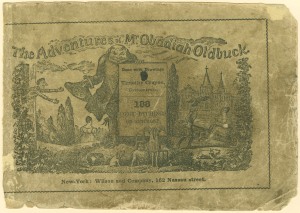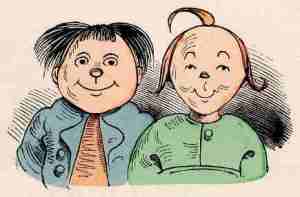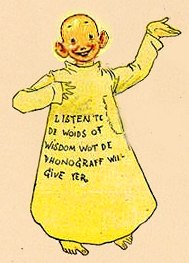Sorry guys but unfortunetly I’ve been gone for a while because I’m full with exams! I’ve been working on some projects regarding also compositing, so I thought better to send an article regarding it 🙂 There will be a little introduction of the theme and a lot of personal experience! It’s not a Comic book topic, but it’s rather fascinating and I hope you like it! 🙂
COMPOSITING
Compositing is the combining of visual elements from separate sources into single images, often to create the illusion that all those elements are parts of the same scene. Live-action shooting for compositing is variously called “chroma key”, “blue screen”, “green screen” and other names. Today, most, though not all, compositing is achieved through digital image manipulation. Pre-digital compositing techniques, however, go back as far as the trick films ofGeorges Méliès in the late 19th century; and some are still in use.
There are different softwares for using it but the one I used for all my works is “After Effects”, from the Adobe package. In my university it’s a subject of its own and I’ve been studying it since this semester. It is also a job, though, if you become a master at using it you may go working in a tv studio, by making ambientations in blue o green screen, or you could take care of the animatics and animated commercials… Otherwise you can work in cinema, by creating special effects and graphic detailes or even work with the production of video games.
Now, my course wasn’t much about the last and more awsome part, but I can still say I’ve learned a lot. My theacher works in a TV studio in Milan, and he gave us a few projects which we develped in a something like 3 months.
Project 1
The first one is about choosing three themes (3 films, 3 music bands, 3 elements of something…) and combine them with main elements in a video of maximum 7 seconds. I chose “The Avengers” (group of comic book super heroes created by MARVEL). I represented their group by the use of elements of three characters: Thor, Captain Amrica and Hawkeye.
Source:
http://en.wikipedia.org/wiki/Compositing
Personal knoledge
Keep in mind that…
… I’ll be updating more info about COMPOSITING tomorrow! 😉


